America's 10 Best-selling Cars and 10 Best-selling SUVs in 2020 Q3: Guess Who?
Strong results from its best performers pushed a pair of Toyotas to familiar positions atop 2020’s third-quarter best-seller lists.
Q3 was a rollercoaster ride for automobile manufacturers as low inventory plagued dealers who enjoyed better-than-expected demand. Following COVID-19’s late-Q1/early-Q2 outbreak across the United States, mass shutdowns and severe economic hardship produced catastrophic results. Total U.S. auto sales between April and June plunged by one-third, year-over-year, a 33 percent collapse worth 1.5 million lost sales.
The third quarter, however, was markedly different, especially as the weeks wore on and pent-up demand was married to timely incentives. By September, Acura, Honda, Hyundai, Kia, Lexus, Mazda, Subaru, Toyota, and Volvo were all reporting year-over-year improvement, along with General Motors and Ford Motor Company.
At the top of overarching vehicle categories, strong September results pushed typical top Toyota contenders – the RAV4 and Camry – to the top of the quarterly sales charts. While the Honda Civic had held America’s best-selling car lead as recently as the end of August, Toyota Camry sales jumped 22 percent to 28,362 during the month of September. Camry sales remain down by more than a fifth year-to-date, but Q3 volume was off by just 4 percent.
The RAV4 is now a sure bet to end 2020 as America’s top-selling SUV/crossover thanks to Q3 sales that barely slipped from 2019 levels. 2020 will be the Toyota’s fourth consecutive year as America’s top-selling SUV/crossover.
The RAV4 finished September nearly 21,000 sales ahead of its next-best-selling rival for the quarter; 65,240 sales ahead of the CR-V for the year. Among top sellers, the Q3 results for the RAV4 and CR-V are unusual: most competitors slowed far more noticeably. Only the Ford Explorer, beset by a poor launch in 2019, and surging Subaru Forester managed year-over-year gains in Q3.
(Other big Q3 YOY gains from high-volume utility vehicles include a 45-percent uptick in Chevrolet Blazer volume, 85- and 33-percent increases from the Hyundai Palisade and Kia Telluride, a 22-percent jump in Hyundai Kona sales, and 10-percent growth from the Volkswagen Atlas.)
One year ago, the Explorer was not a part of America’s best-selling SUVs list in the third-quarter – the Jeep Cherokee was. Subaru was represented a year ago, but it was the Outback last year; the Forester this year.
RankSUV/Crossover2020 Q32019 Q3% Change2020 YTD2019 YTD% Change RAV4119,214124,012-3.9%302,574324,622-6.8% CR-V98,436103,795-5.2%237,334280,739-15.5% Equinox67,47679,799-15.4%191,727253,956-24.5% Highlander62,23068,986-9.8%141,301180,169-21.6% Rogue60,43697,033-37.7%167,401272,300-38.5% Explorer59,06033,95473.9%160,209135,77718.0% Grand Cherokee56,44761,768-8.6%152,856185,040-17.4% Wrangler54,07159,035-8.4%150,202176,020-14.7% Forester48,22245,2286.6%134,082131,4472.0% Escape46,95660,701-22.6%131,753193,801-32.0%The RAV4’s streak atop the leaderboard is impressive, but it pales in comparison to the achievement of its midsize sedan sibling. Pending an entirely possible fourth-quarter shift that sees the Honda Civic knocking Toyota off its perch, 2020 now appears increasingly likely to end as the Camry’s 19th consecutive year as America’s most popular car.
The Camry’s 4-percent downturn in Q3 is striking not only because of the ongoing effects of a pandemic that caused a 9 percent industry-wide downturn last quarter. It’s striking because sales of passenger cars, in particular, are absolutely nosediving. Just look at the Camry’s highest-volume competitors as an indicator of the direction cars are going.
In Q3, the Accord, Fusion, Altima, Fusion, and Malibu combined to lose nearly 19,000 sales per month in Q3. Accord sales are declining more than six times faster than sales of the Camry. While one year ago the Camry was outselling Nissan’s Altima at a 1.6-to-1 rate, the spread is now 2.8-to-1, a devastating one-year shift.
RankCar2020 Q32019 Q3% Change2020 YTD2019 YTD% Change Camry79,04682,448-4.1%204,945258,456-20.7% Civic73,08386,312-15.3%200,941255,484-21.3% Corolla56,61281,110-30.2%166,213233,978-29.0% Accord56,53775,028-24.6%145,291204,463-28.9%#5Tesla Model 3 (est.)46,00046,000—-119,000114,000— Fusion29,24337,557-22.1%90,664133,908-32.3% Altima28,03351,192-45.2%97,082159,969-39.3% Elantra26,65340,498-34.2%75,103125,469-40.1% Sentra26,08638,251-31.8%69,873148,150-52.8% Malibu25,45532,432-21.5%73,39997,603-24.8%Rare indeed is the car that’s outperformed its 2019 sales pace in the July-September period of 2020. Among vehicles that produce at least 1,000 monthly sales, the Nissan Versa’s 24-percent increase and the Honda Fit’s 4-percent gain stand alone. Don’t draw any false conclusions about subcompacts: the segment was down 20 percent in Q3 and is down 43 percent so far this year. However, when you factor out discontinued models – Fiesta, Sonic, Yaris – the remaining fleet of subcompact players actually produced a modest 210-unit improvement in Q3.
Timothy Cain is a contributing analyst at The Truth About Cars and Driving.ca and the founder and former editor of GoodCarBadCar.net. Follow on Twitter @timcaincars and Instagram.
More by Timothy Cain
Latest Car Reviews
Read moreLatest Product Reviews
Read moreRecent Comments
- ToolGuy If these guys opened a hotel outside Cincinnati I would go there to sleep, and to dream.
- ToolGuy Michelin's price increases mean that my relationship with them as a customer is not sustainable. 🙁
- Kwik_Shift_Pro4X I wonder if Fiat would pull off old world Italian charm full of well intentioned stereotypes.
- Chelsea I actually used to work for this guy
- SaulTigh Saw my first Cybertruck last weekend. Looked like a kit car...not an even panel to be seen.

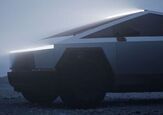
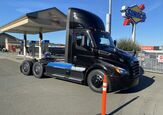
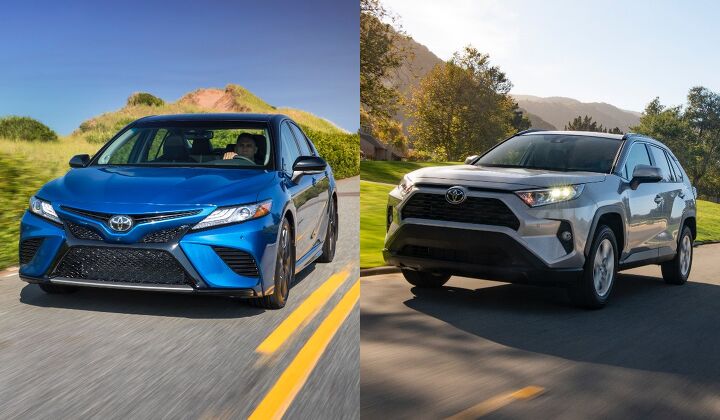













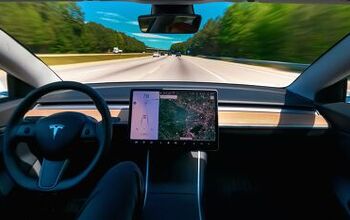
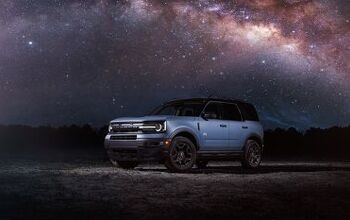
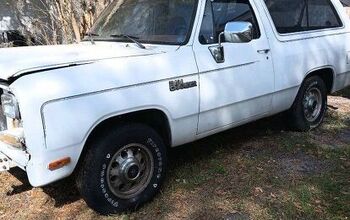
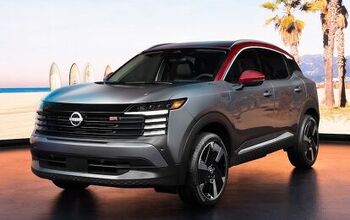
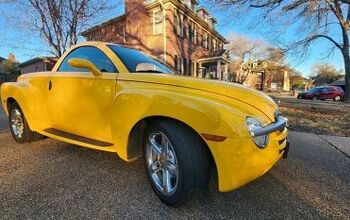
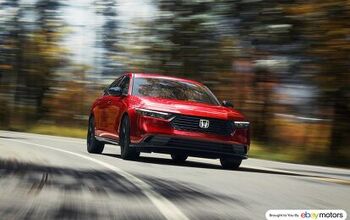
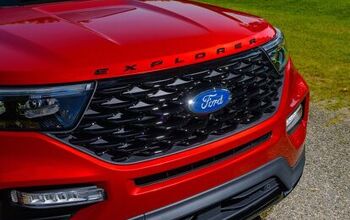

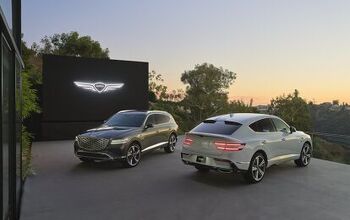


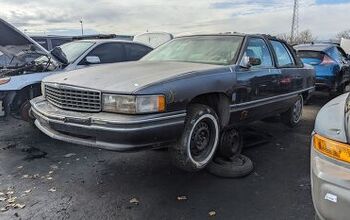
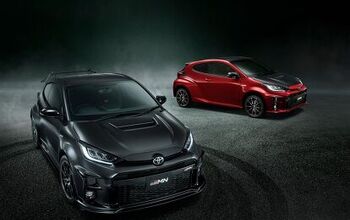
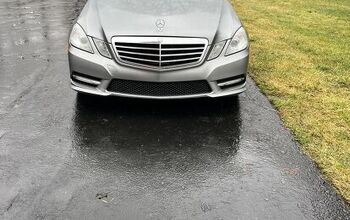
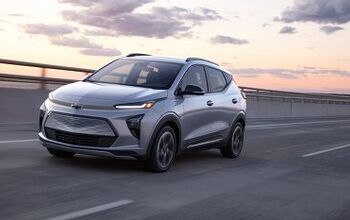


Comments
Join the conversation
If these stats were run for Europe I suspect that European brands would dominate with Nissan, Kia and Toyota being the non Euro brands in there. If I went back 5 years I think the Japanese brands would be doing much better. European brands have will come back strong in Europe.
How long until Toyota surpasses GM in US market share. It now looks like a sure thing.